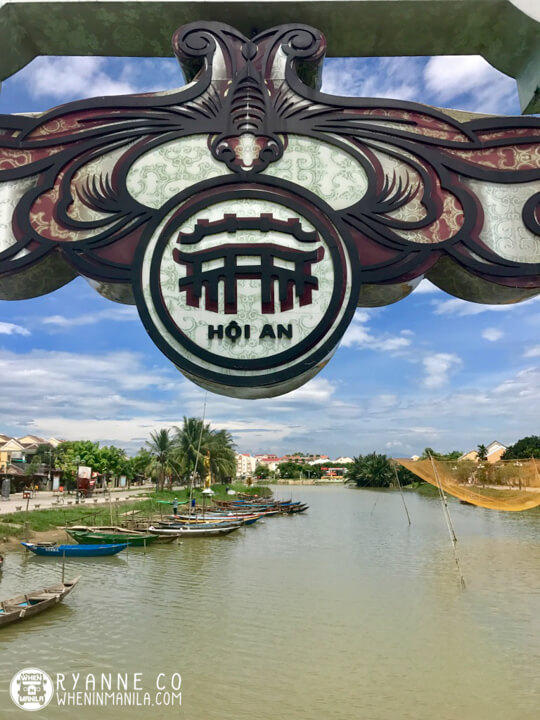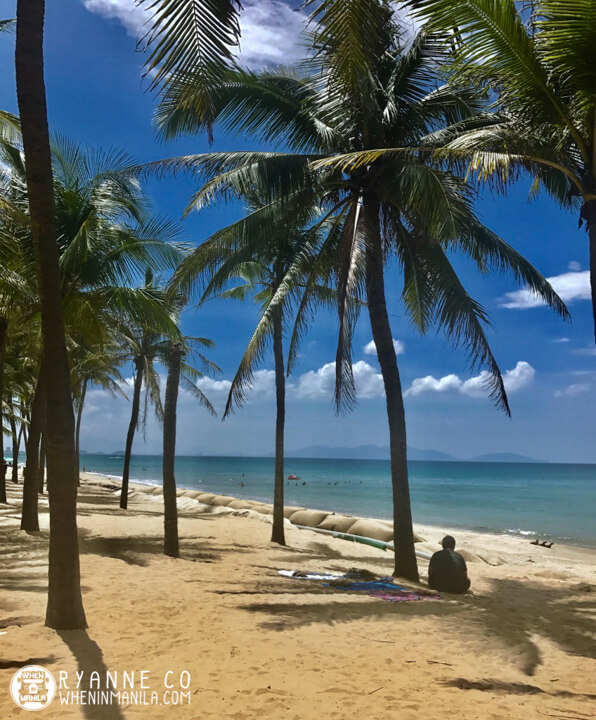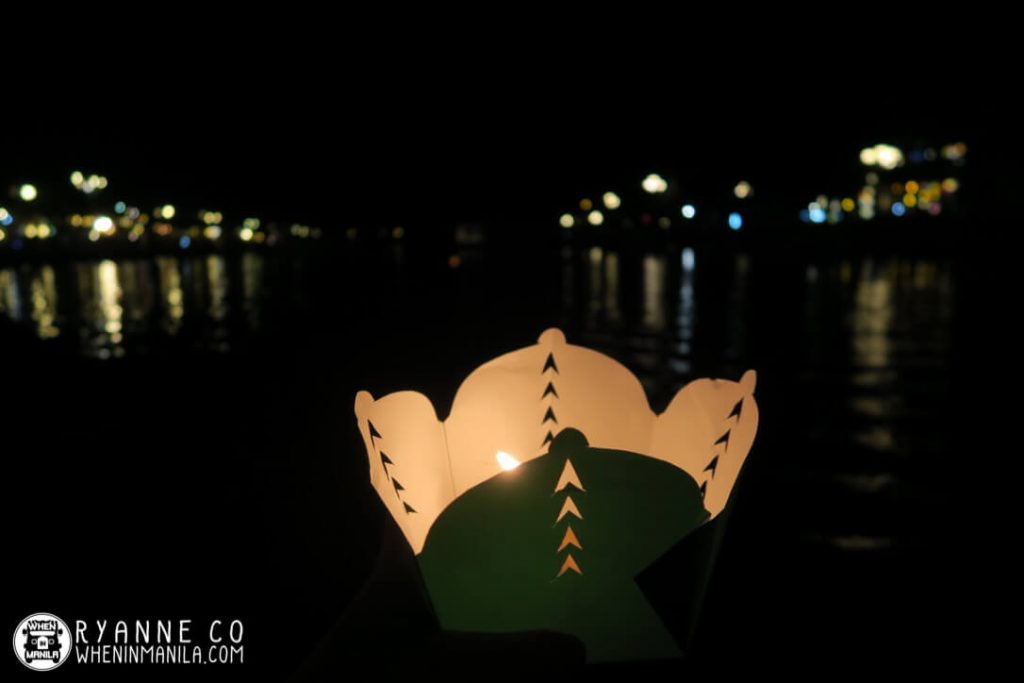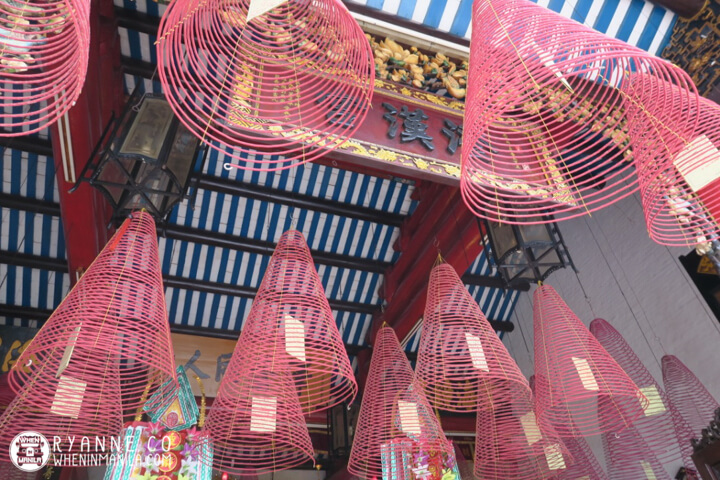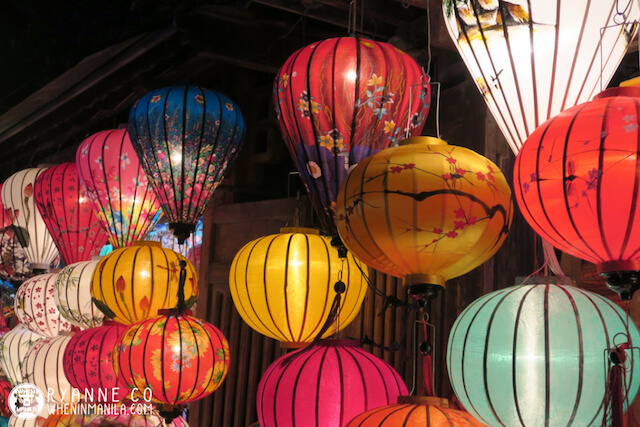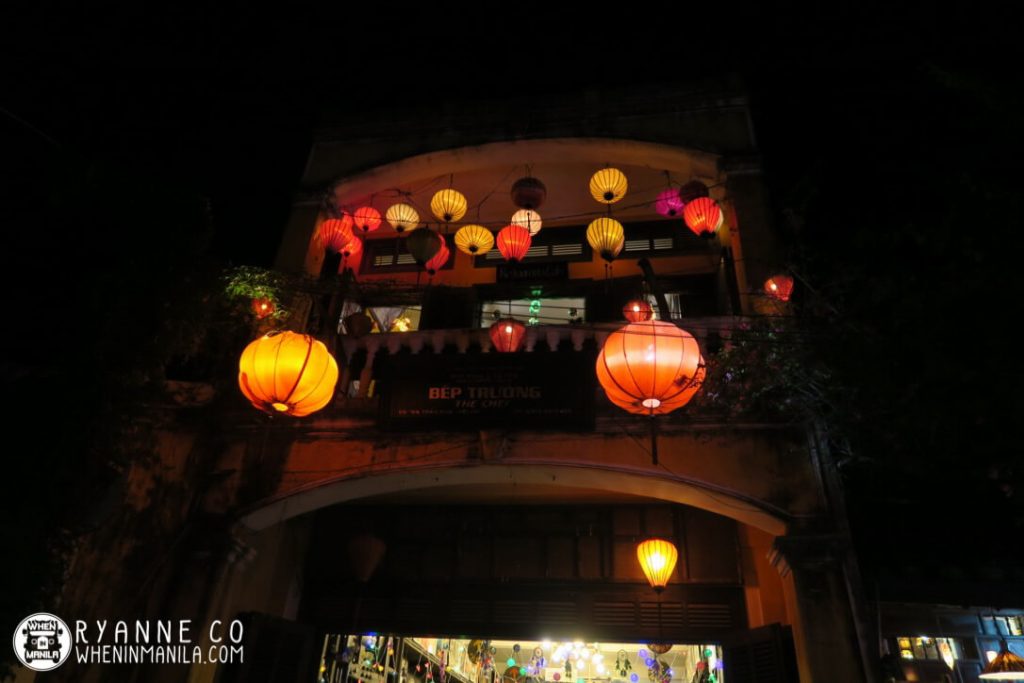A few months ago, I made the best out of my ASEAN passport and decided to go to Vietnam for two weeks. It wasn’t a spur of the moment decision; it took me three months to plan everything from airplane tickets to tour deals to booking Airbnbs. It was kind of stressful, but in a fun way. The one thing I didn’t have to worry about? Visas.
Applying for visas is grueling, tedious, and sometimes downright insulting. While many Westerners have the freedom to go anywhere at any time; we Filipinos have to stand in line, process bank documents, hunt down our contacts, and pray a novena. Rejection is difficult and no one knows this better than we do, which is why I’ve been an advocate for taking advantage of the whole ASEAN deal. I mean, why not ever since I got back from Vietnam? If America doesn’t want me, then I’ll take my business elsewhere.
Vietnam is absolutely gorgeous. In particular, I spent two weeks traveling from North to South landing first in Hanoi, dropping by in Hoi An, and flying to Ho Chi Minh for the last five days. A lot of people have probably heard of Hanoi (the official capital of Vietnam) and Ho Chi Minh (the unofficial capital of Vietnam); but what I really want to talk about is Hoi An, a quiet little town nestled between mountain terrains in the heart of country. I’d never even heard of the town until a Google search led me to Lonely Planet, but let me tell you: after reading about it, I knew that this was a town after my very heart.
Although you cannot fly directly to Hoi An, the trip there is worth it. The closest airport is Da Nang airport, which is around 30 kilometers away from the town proper. You can take a cab, but it’s easier if you book a transfer from your hotel instead. What I did was book a flight from Hanoi to Danang via Vietnam Airlines, which cost around Php3,500-4,000.
5 Things You’ll Love in Hoi An, Vietnam
5. The Beaches
Love the beach? SAME. Lately, I’ve been thinking a lot about it: cool, crystalline water lapping on white sand by the shore. Not one, but two beaches are accessible when you go to Hoi An. There’s Cua Dai beach and An Bang beach, both of which are approximately six kilometers from the heart of town. Yup, six kilometers. Compare this to La Union’s 250-kilometer distance from Manila. Even Batangas, 100 kilometers away from NCR, has got nothing on Hoi An and its proximity to the ocean.
I once (stupidly) made the mistake of walking to the beach from my villa. It took me less than an hour, but it tired me out. A taxi to the beach from the city center is about 100,000 dong, which is about 250 pesos. It’s worth it to save yourself from some leg cramps.
4. My Son Sanctuary
A UNESCO world heritage site in its own right, My Son Sanctuary is an ancient religious place of worship constructed between the 4th and 13th century. More than its picturesque temples and breathtaking mountain terrain, My Son Sanctuary is a rare example of preserved historical architecture that is considered both sacred and detrimental to Vietnamese historical development. It’s approximately two hours away from Hoi An by bus and is wonderful during the day!
Plenty of websites offer tour deals for My Son Sanctuary; but as with anything online, do be vigilant and make sure that you aren’t being scammed. I booked my tour through my villa when I got to Hoi An, which I feel is a safer alternative than handing out my CVV code online. I’d recommend you do the same.
3. The Food
One of the biggest perks of traveling is the food. While we all love our adobo and sisig, there’s nothing like a food trip somewhere totally foreign. Plenty of companies offer food trips around Hoi An, but in particular the one I would recommend is the one hosted by the eponymous “Hoi An Food Tour” (their name is also the name of their URL; their address is 567 Hai Bà Trưng, Sơn Phong, Tp. Hội An, Quảng Nam, Vietnam) .
The food trip was definitely one of the highlights of my stay. We walked around town, from food stall to food stall, trying out different dishes. From “white rose” dumplings to Vietnam’s trademark banh mi (made by the banh mi queen herself), to authentic Vietnamese coffee (I drank two glasses of it), the night was definitely an adventure for the tastebuds. It ended on a high note as our tour guide brought us on a boat ride around the lake in the center of Old Town, giving us paper lanterns to release onto the water after we’d made a wish. If you’ve ever wanted to feel like Rapunzel, this is the place to go.
Famous for its coffee, Vietnam is where coffee addicts come to realize their dreams.
The banh mi queen herself
Nothing life pho to get you through the day
Moonlight shining down the lake in Old Town–absolutely magical
Rapunzel in real life
2. Old Town
The Old Town in Hoi An (also known as Ancient Town) is magical: the quaint little buildings are all painted a pale yellow as a conformance to the theme and culture of the surroundings. More than the aesthetic appeal of cobblestone steps and charming buildings, though, the establishments in the area are also culturally significant. The Fujian Chinese Assembly Hall, Ancient House of Tan Ky, and Japanese Bridge are only three of the dozen or so landmarks within the area.
You don’t need tickets to enter Old Town proper if you want to take a stroll, but you do need tickets to enter the tourist spots. Each ticket is 120,000 dong (around Php100) and only allows you to enter five sites. So, if you’re on a tight budget, be mindful of where you want to go. Feel free to ask for a map from the ticket offices, so you know where you want to go and how to get there!
Ceiling hangings made from incense inside the Fujian Assembly Hall
Home to many exquisite Buddhist temples, Old Town in Hoi An serves as more than just a tourist spot–it is a cultural heritage site, as well.
1. The Lanterns
There’s something magical about lanterns – so much so that I just had to add them to this list. Hoi An may not be known for skyscrapers or urban infrastructure, but it’s definitely famous for its quaint charm and relaxing atmosphere. It retains its beloved charm, thanks in part to the lanterns that hang suspended from every edifice and building in the Old Town. Wander through the side streets at night while holding hands with your beloved and you’ll probably forget that this isn’t a fairytale.
I hope that I’ve somehow managed to convince you (or pique your interest) to go to Hoi An (or at least take advantage of your Philippine passport). If I’ve succeeded, and you’re on some airline’s website right now booking your flight, I’m glad! If you’re interested in looking for a place to stay in Hoi An, let me recommend “Ngan Phu Villa Homestay” (414 Cửa Đại, Cẩm Châu, Tp. Hội An, Quảng Nam, Vietnam), a tranquil family-run business tucked away in the heart of town. They offer hotel/airport transfers and tours to various places, as well as complimentary breakfast. They’re available to be booked on Airbnb and are one of the more popular homes on the website. So what are you waiting for? Here’s to your next vacation!

